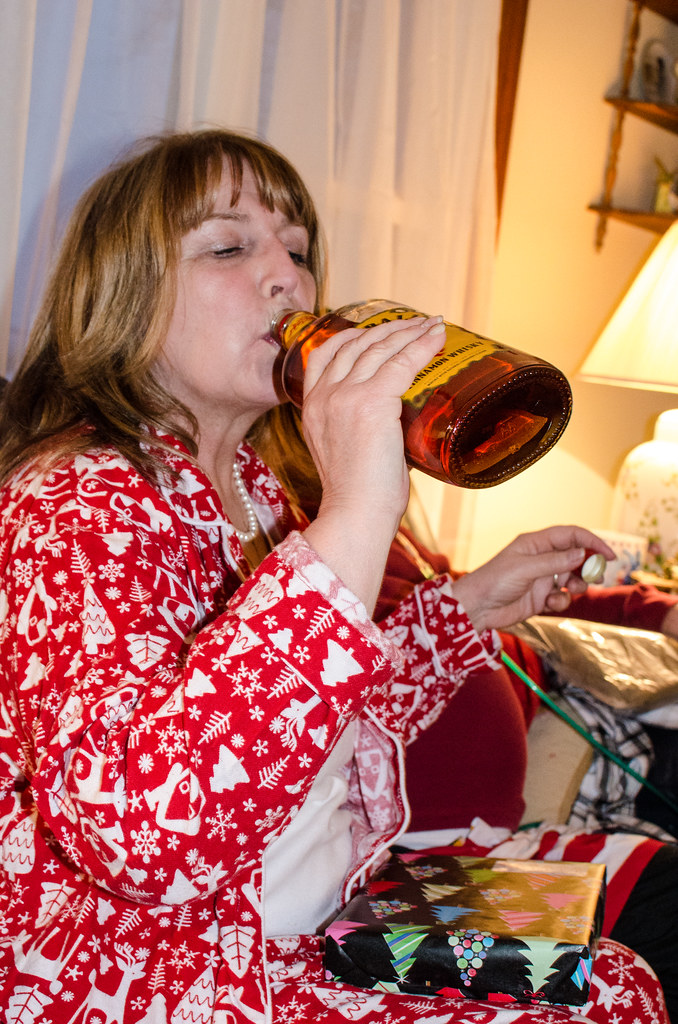
An international study released last week has identified that those who work more than 48 hours a week are 11% more likely to drink alcohol at risk levels than those working a standard week.
The study was compiled by Finnish researchers, sampling 300,000 subjects across Europe, Australia and North America. Health guidelines suggest that consumption of more than 14 drinks a week for women and 21 drinks for men poses a significant health risk.
It’s no surprise that it’s a team of Finnish researchers who are examining the stats around unsafe drinking. Nordic Finland may be a well-known haven of progressive social policy, with an enviable living standard, cradle-to-grave welfare and the world’s best education system, but there is one social problem the Finns have not yet licked. Alcohol-related illnesses and incidents (including accidents, violence and suicide in which alcohol has factored) are the most common cause of death for both working age men and women there – and have been so for many years.
The study is of useful consideration for Australians, of course – we’re afflicted with alcohol problems of our own. Australian research released only last July revealed up to 15 people die and more than 430 are admitted to hospital every day in Australia for alcohol-related reasons. That’s 5,554 deaths and 157,132 hospital admissions a year, and four times the rate of the road toll.
That working longer hours has a detrimental effect on an individual’s health is well established. Some have suggested from the results of the Finnish study that alcohol abuse is symptomatic of the “work hard, play hard” cultures around professions – especially because workers who shifted into longer-hours jobs during the study were 12% more likely to develop risky drinking habits as a result.
Some have also suggested that the scarcity of leisure time for people who work long hours may result in habits of using alcohol as a concentrated form of relaxant. This is the opinion of Cassandra A. Okechukwu, assistant professor at the Harvard School of Public Health who declared of the Finnish findings that “people are self-medicating” due to work-life time constraints.
Alternatively, Dr Richard Wise, psychologist at Windana Drug and Alcohol Recovery, believes the relationship between work and drinking may be bi-directional. “As stress increases the activity of brain regions responsible for drug seeking and craving, stressful work is often ‘addictive’ in itself,” says Wise. “This could be a self-perpetuating cycle – work causes stress, which renders people more prone to addictions to substances and work.”
Significantly, the study itself does not claim to prove a causation – leaving open the possibility to discuss the pink elephant that lurks in the room behind all social discussions of problem drinking: the prevalent, if sometimes well-camouflaged, existence of actual alcoholics.
Writing in Business Insider, journalist Kevin Loria asked of the study: “Long hours may not cause dangerous drinking, but why is there a relationship between those two things at all?” The answer is this: there is not one clear relationship, but potentially several. We know, for example, that those suffering active alcoholism seek out environments that facilitate and camouflage their drinking. Why would the workplace be an exception?
Demanding jobs not only deliver alcoholics out of the worksite just in time for socially-acceptable drinking hours, but the stresses associated with long-hours work provide pretexts aplenty for “self-medicating” with booze. Our community continues to excuse the practise of drowning one’s sorrows, but forgotten is that active alcoholics often go looking for sorrows in order to drown them.

The recovery community calls this phenomenon “drinking on it” – it’s not hard to find a pretext to slam down some craved-for cold ones at the end of the day if you’ve just spent 10 hours at a desk. And if there’s one thing an alcoholic can use to deny the extent of their drinking, it’s the company of others who share the same problem. The common logic of alcohol addiction brings alcoholics together in work environments as much as it does social ones.
Yet while study after study identifies alcohol as a health, economic and justice burden on the community, and with the statistical acknowledgement that 3.7 million Australians are currently “drinking at long-term risky levels”, we’re still – still – struggling to break our social addiction to the old stereotypes of alcoholics being weak-willed, staggering hobos rather than predominantly people with jobs, relationships and families who are sick with a dangerous medical problem. If we choose to believe someone is drinking because they work long hours, we may be ignoring that someone is working long hours because it enables their drinking.
A failure to identify behaviours symptomatic with alcoholism delays treatment and increases the danger alcoholics pose to themselves and to others. Go back and look at the figures above: 5,500+ deaths and 150,000+ hospital admissions a year are not the result of mere casual tipples. They’re the stats of widespread abuse that needs more than loose causation and euphemisms to treat it.
The Finnish study is valuable because it identifies a possible workplace component to the alcohol problem. With 3.7 million Australians presently at risk, the time is now to be realistic that a broader context of alcoholism exists.


No comments:
Post a Comment